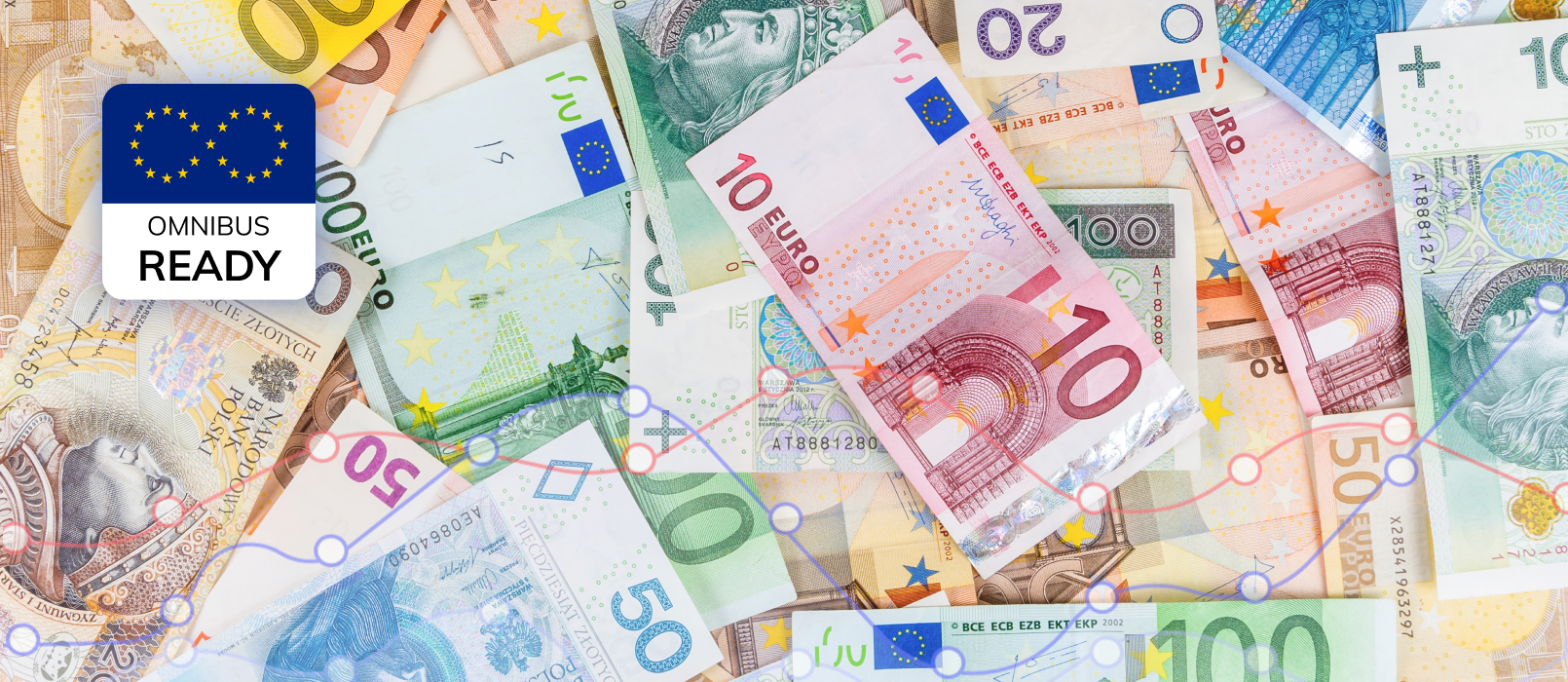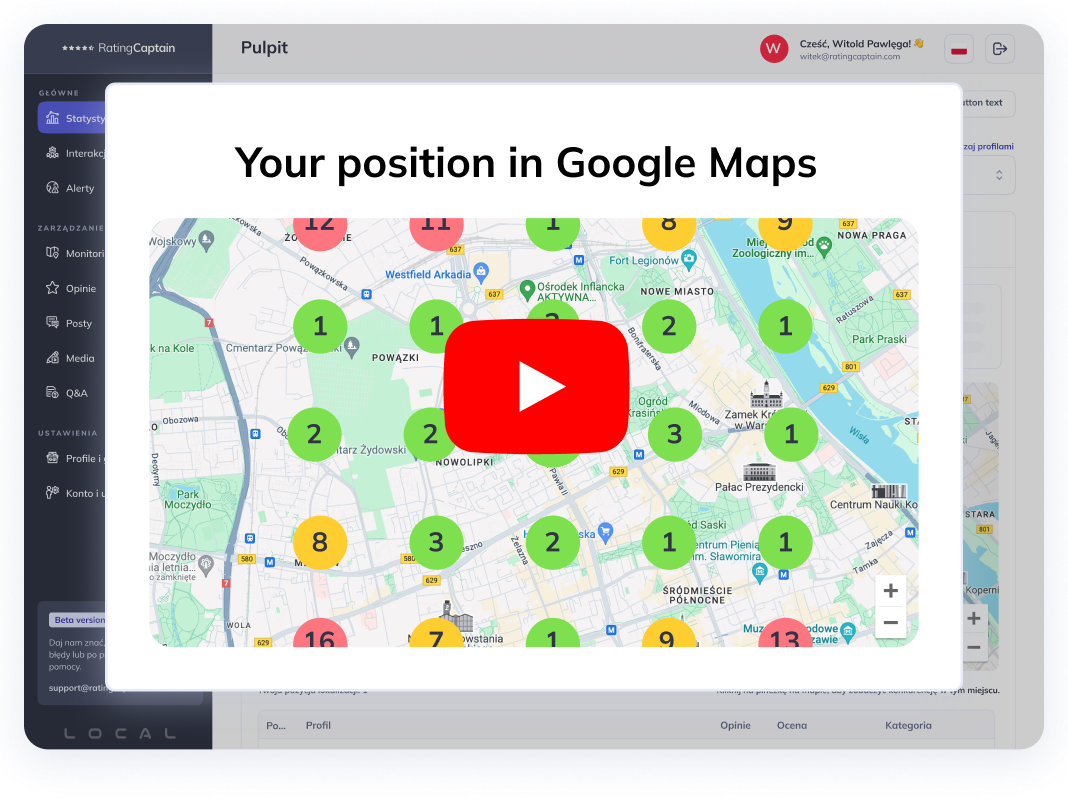

How to run a price promotion in accordance with the Omnibus Directive?

Table of contents
Temporary promotions are one of the basic elements of sales strategy. That's why in this article we provide tips on what to pay attention to in order for a promotional campaign to always be effective. In addition, we have tips on how to conduct a promotion in accordance with the Omnibus directive. Read the article and create a promotional campaign that will increase your profits and brand recognition.
Why do promotions in an online store?
The goal of product promotions is to achieve specific results, such as increasing customer base, promoting a new product, clearing inventory, expanding brand reach, and increasing off-season sales. As you can see, by sacrificing some profit for customers, you can achieve much more.
But that's not all. Customers love to buy on promotions, so they look for them before making a purchase. They often delay their purchase because they are waiting for a special lower price. Moreover, a significant group of customers, when taking advantage of promotions, adds additional products to their cart, which means more profit for you. However, in order for the promotion to actually achieve its intended goals, it must be well thought out and well executed.
What affects the effectiveness of promotions?
Above all, the success of a promotion depends on which products from your offer are included. The rule is simple - it is best to choose products whose revenues will cover the expenses associated with the promotion. It is extremely important to define the goal of the promotional campaign, so that after the promotion ends, you can draw conclusions about whether the goal was achieved and whether the whole campaign can be conducted even better in the future. It is also worth considering the target group in order to communicate the special offer in the right way. The effectiveness of promotions is also influenced by marketing activities.
How to conduct a promotional campaign?
Once you have chosen the assortment that will be included in the promotion and defined the target audience, it's time to choose the communication channels. The choice of how to communicate with potential new customers depends on who you want to reach. Of course, marketing activities and the duration of the promotion largely depend on the budget you have available.
It can be advertising in newspapers or magazines, radio or television commercials, email campaigns, social media campaigns. In addition, it is worth conducting promotions supported by brand ambassadors or influential individuals in your industry (influencer marketing). It is best to test different advertising variants and channels to increase the effectiveness of promotional activities.
Remember that promotions can involve not only price reductions, but also the opportunity to receive a reward (contests, lotteries), free delivery, extended warranty, collecting points for purchases, or distributing product samples.
Of course, it is important to continuously measure the effectiveness of the promotional campaign, so that you can adjust it if necessary to achieve better results. During the promotion, your margin has decreased, so after the campaign ends, calculate the impact of promotional sales on profits to determine the effectiveness of promoting products.
How to inform about price reductions in accordance with the Omnibus directive?
The Omnibus Directive has become a reality, which means an end to juggling prices during promotions. From January 1, 2023, stores must display the lowest price from the last 30 days alongside the promotional price and the regular price during promotions. The Omnibus directive does not apply if the store reduces the regular price but does not announce a promotion. The new regulations also do not apply if the promotions are conditional, for example, "buy 2 products, pay 50% for the second one".
The new obligation also does not apply to fresh products such as meat, cold cuts, or fruits and vegetables, which have a shelf life shorter than 30 days. What if a product has been offered for less than 30 days? In such a situation, the lowest price from the start of sales to the introduction of the price reduction should be provided.
It is important to note that information about the reduced price should be visible in a publicly accessible and clearly visible place for consumers, especially on a sign, price list, catalog, wrapper, in the form of a print or inscription on the product or packaging.
Please rate this article
Local SEO tool
for agencies
Automate your local SEO
and track Google Maps visibility

